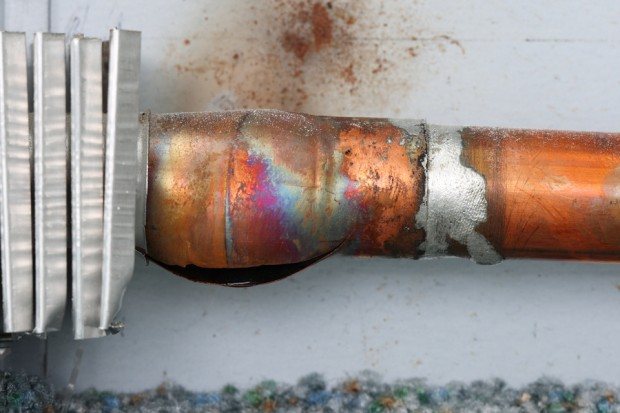A major fraud ring that staged fires and floods at South Florida homes to collect millions of dollars in claims from insurance companies has been broken up with charges against 22 people, authorities said.
The alleged ringleader, Jorge Fausto Espinosa, is a licensed public adjuster whose job involves representing people pursuing damage claims with their insurers, said Miami-Dade State Attorney Katherine Fernandez Rundle. Instead, she said Espinosa used his position to fleece companies out of at least $7.6 million.
“He was one of the great fraudsters in the state of Florida,” said Rundle, who appeared at a news conference with state Chief Financial Officer Jeff Atwater.
Authorities say it worked like this: Espinosa used associates to recruit homeowners into the fraud, promising to split a cut of the claim with them after he got up to 30 percent. A fire would be set or a pipe would clog — great care was taken to make it all look like an accident — and then Espinosa would use his position to advocate for the homeowner in collecting the claim.
What’s more, some of those charged in the case ran cleanup or remediation businesses that would profit as well by repairing the damage, Rundle said.
Espinosa, 58, is facing a racketeering charge that carries a maximum 30-year prison sentence as well as arson, grand theft and conspiracy. His wife, 35-year-old Carolina Espinosa, is also charged in the case. The others face a variety of similar charges, mainly grand theft, insurance fraud and arson.
Court records did not list an attorney for the Espinosas, among 14 of those charged who had been arrested as of Tuesday afternoon.
An affidavit filed by a Miami-Dade police detective lists 17 separate fraudulent insurance claims, in the Miami area and in Lee and Collier counties. Some involved simple things like broken pipes but others were more creative.
For example, in one case Espinosa and another man used small children’s dolls to clog a drain, then filed a claim for over $200,000 in damages to a kitchen. Frequently, according to the affidavit, the ring used an electrician who altered power strips so they appeared to have a fire-starting short.
On one occasion, the affidavit said, Espinosa used a Christmas tree as the key item, placing bed sheets, stuffed animals and clothing under the tree and then igniting them with a propane torch. He and an associate hung out nearby to see how the fire progressed, and the associate, who later became a key police informant, quoted Espinosa as saying, “Wow! Look at my masterpiece!”
That resulted in payment of more than $317,000 by the insurance company.
Although some people think of insurance fraud as a victimless crime, Rundle said it’s a serious crime that can endanger anyone in the vicinity of a fire — including firefighters — and raises costs for all policies.
“The costs of fraud are passed on to all of us who purchase homeowners insurance,” she said.





















 First Atlantic Hurricane Forecast for 2026 Suggests Season Close to 30-Year Norm
First Atlantic Hurricane Forecast for 2026 Suggests Season Close to 30-Year Norm  Is the AI Boom a Bubble Waiting to Pop? Here’s What History Says
Is the AI Boom a Bubble Waiting to Pop? Here’s What History Says 


